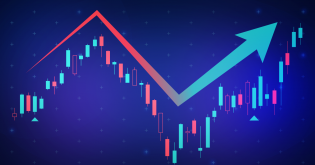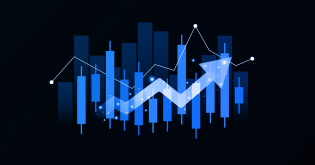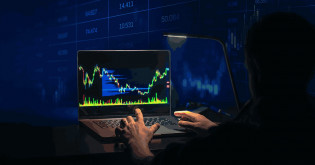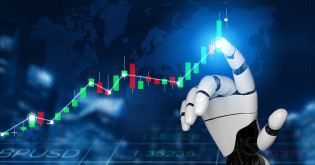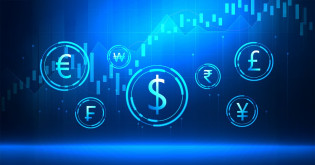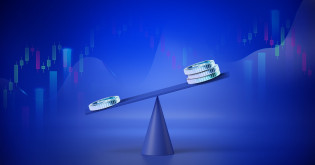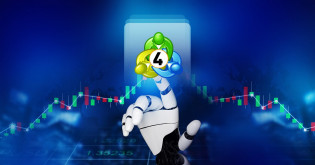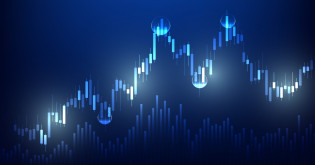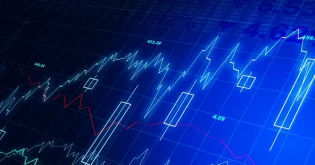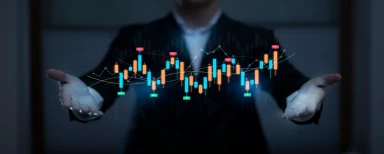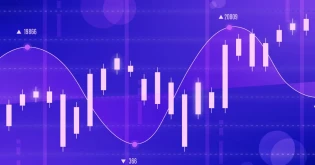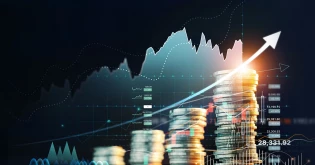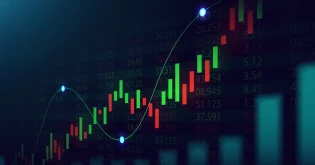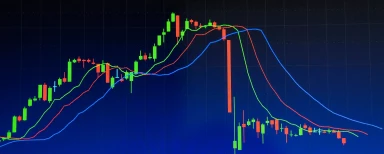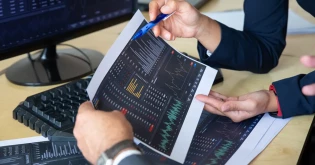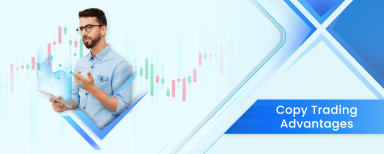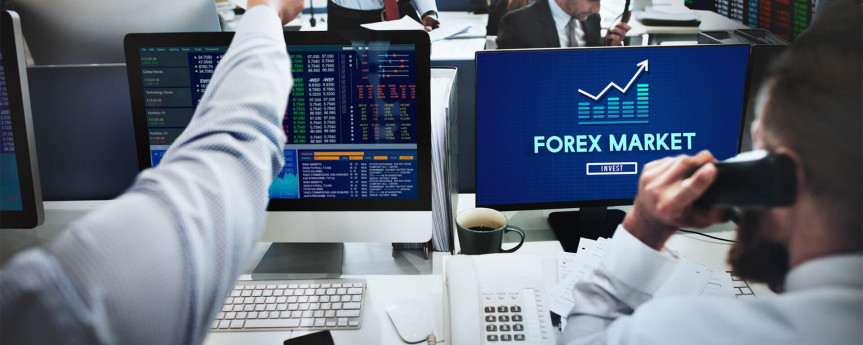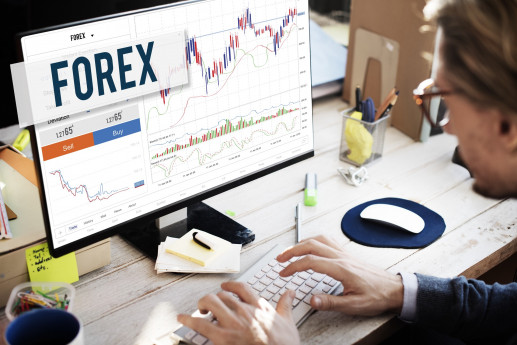-
Welcome to the exciting world of Forex investments, where people can make a lot of money by swapping currencies all over the world. The Foreign Exchange market, also called Forex or FX, is the biggest financial market in the world. Every day, more than $6 trillion is moved on this market. But for people who are just starting out, Forex dealing can be hard to understand and scary. In this smart guide, we'll show you the basics of Forex dealing and give you the knowledge and skills you need to become a great Forex investor.
Forex Trading for Beginners
What is Forex?
Forex refers to the Trading of currencies from around the world. This process involves buying one currency and selling another simultaneously, intending to profit from the fluctuations in exchange rates between the two currencies. For example, if you specualte that the value of the Australian Dollar will rise against the US dollar, you would buy Autralian dollar and sell US dollars. If the Euro increases in value as anticipated, you can sell the Euros back for a profit.
Suggested read: What is forex and How does it work
The Forex Market
The Forex market transacts trillions of dollars every day. It has several buyers and sellers, including banks, companies, states, and private investors, and operates around-the-clock, seven days a week, in numerous time zones. The market's size and liquidity make it tempting and simple for buyers of all experience levels to enter.
Factors Affecting Exchange Rates
Various economic, political, and social factors influence the exchange rates in the Forex market. For example, interest rates, inflation, and geopolitical events can all have an impact. Changes in interest rates can attract foreign investment, strengthening a country's currency. Conversely, political instability or economic uncertainty can weaken a currency.
Forex Trading Terms
To navigate the world of Forex trading, it's crucial to familiarize yourself with some essential trading terms. Here are a few you should know:
- Spot Forex
- CFDs
- Pip
- Spread
- Margin
- Leverage
- Bear and Bull Markets
- Beta
- Broker
- Bid
- Exchange
- Closing a Position
- Day Trading
- Dividend
- Blue Chip Stocks
Spot Forex
Spot Forex refers to buying or selling currencies at their current market price. It involves the straightforward and immediate exchange of one currency for another without any contracts or agreements.
CFDs (Contracts for Difference)
CFDs (Contracts for Difference) let traders bet on how the prices of base assets, like currencies, will change without actually holding those assets. It lets you make money whether the market is going up or down.
Pip
The smallest unit of measure in the Forex market, representing the price movement of a currency pair. It is essential for calculating profits and losses.
Spread
The spread refers to the Difference between a currency pair's buy and sell price. It is essentially the cost of trading Forex and is usually expressed in pips.
Margin
The capital necessary to establish a trading position. It is a proportion of the entire position value and is used to cover any losses. Using margin trading, traders may handle greater holdings with less cash.
Leverage
Leverage strengthens your trading position and enables you to manage a sizable position with a little investment. It is the proportion of the capital utilised in a transaction to the value of the position. Leverage can boost earnings, but it also raises the possibility of suffering losses.
Bear and Bull Markets
A bear market refers to a declining market where prices are falling, and investor sentiment is negative. On the other hand, a bull market signifies a rising market where prices are increasing, and investor sentiment is positive.
Beta
A measure of an asset's volatility in relation to the market as a whole is called beta. A beta of 1 indicates that the asset's price follows market trends. Higher volatility is indicated by a beta value greater than 1, while lower volatility is indicated by a beta value less than 1. Investors may evaluate an asset's risk in relation to the overall market by understanding its beta.
Broker
A broker is a type of financial middleman who facilitates trading between buyers and sellers. Choosing a trustworthy and licenced broker with a user-friendly trading interface and accurate market data is crucial when trading forex.
Bid
A broker is a specific kind of financial intermediary who enables trade between buyers and sellers in return for a fee or commission. When trading forex, it's essential to select a reputable broker who has a licence, a user-friendly trading interface, and reliable market data.
Exchange
A marketplace where buyers and sellers exchange assets, including currencies, is known as an exchange. Electronic exchanges, where players may rapidly and openly execute deals, are where most forex trading is done.
Closing a Position
Closing a position involves selling or buying back the asset to exit the trade. It is a crucial step in realizing profits or limiting losses. Traders must carefully monitor their positions and determine the right time to close them based on their trading strategies and market conditions.
Day Trading
Day trading means opening and closing positions within the same trading day. Day traders try to make profit from short-term price fluctuations, capitalizing on intraday market movements. This trading style requires active monitoring of the market and quick decision-making.
Dividend
A dividend refers to a payment made by a company to its shareholders, usually out of the company's profits. While dividends are more commonly associated with stock investments, some currency pairs, such as those involving countries with positive interest rates, can generate carry trade profits like dividends.
Blue Chip Stocks
Blue chip stocks are stocks in companies considered stable and financially sound, with a history of steady growth and dividend payments. While Forex trading primarily focuses on currency pairs, understanding the broader financial markets, including blue chip stocks, can provide valuable insights into global economic trends that may impact currency movements.
Suggested read: Forex Trading Terminology
Forex Trading Strategies for Beginners
Regarding forex trading, there are various strategies that traders employ to make informed decisions and maximize their profits. These strategies can be broadly categorized into four types, depending on the holding period and trading volume. Let's take a sharper look at each of these forex trading strategies:
1. Scalping
Scalping is a strategy where traders hold positions for a very short period, typically only a few seconds or minutes at most. The goal of scalping is to capitalize on small pip movements in the market to generate small, incremental profits from each trade. Traders who employ this strategy rely on high-liquidity currency pairs and prefer Trading during the busiest hours of the day. It's important to note that scalping requires precision and quick decision-making, as executing in highly volatile market conditions can be challenging.
2. Day Trading
Day trading includes starting and closing positions in one day. Day trading, like scalping, seeks daily gains. Day transactions last a few hours or minutes. Technical indicators help day traders maximise earnings. Thus, day traders must comprehend technical analysis and critical indications.
3. Swing Trading
Swing traders maintain holdings for days or weeks. This method works when political or economic events affect currency swings. Swing traders don't need to watch the market regularly. However, they must be skilled at evaluating economic and political changes and their influence on currency fluctuations. Swing traders utilise technical and fundamental analysis.
4. Position Trading
Position trading involves holding a position for an extended period, ranging from several months to even years. This strategy requires a foundation in fundamental analysis, as traders aim to capitalize on long-term trends and market movements. Position traders analyze economic indicators, geopolitical events, and other factors influencing currency values. They aim to identify undervalued or overvalued currencies and hold their positions until they reach their target levels.
Final Word
This guide covered Forex trading for beginners. We examined Forex, the market, and exchange rate determinants. We covered spot Forex, CFDs, pip, spread, margin, leverage, and more. We addressed bear and bull markets, beta, broker, bid, exchange, closing positions, day trading, dividends, and blue-chip stocks. We also covered scalping, day trading, swing trading, and position trading. With this understanding, novices may start trading Forex with confidence.

